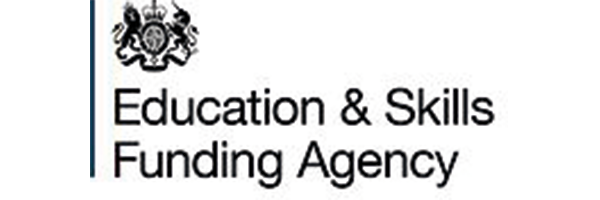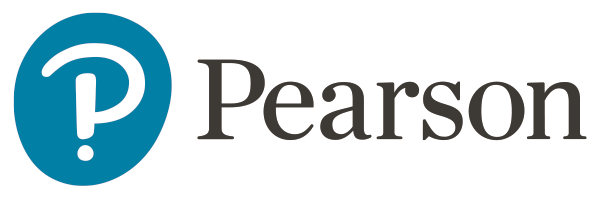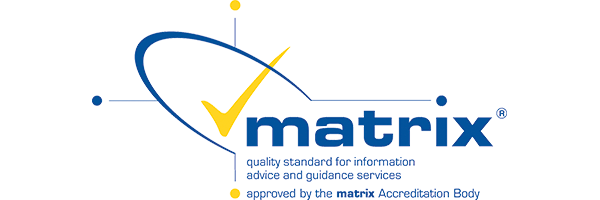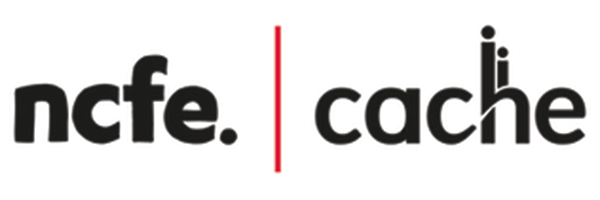Plagiarism is presenting someone else’s work or ideas as your own, with or without their consent, by incorporating it into your work without full acknowledgement. All published and unpublished material, whether in manuscript, printed or electronic form, is covered under this definition.
What is plagiarism within learning?
There are many forms of academic dishonesty, including plagiarism, or the representation of another person’s words, ideas, or information as if they were your own. You may use another person’s words, ideas, or information, but to do so without acknowledgment is plagiarism.
Perhaps the most serious form of plagiarism is failure to acknowledge the source of a direct quotation or paraphrase. Whether accidental or deliberate, failure to acknowledge that you have borrowed another’s language, ideas, or information constitutes plagiarism.
However, this definition covers a range of degrees of seriousness and intent. Learners may be motivated, for example, by laziness as well as by a direct intent to obtain a qualification unfairly. In practice, it can also be difficult to distinguish between deliberate plagiarism and failure to acknowledge sources appropriately. There is a clear difference of degree between poor referencing of a quotation and deliberately passing off an entire piece of work with the intention of obtaining a qualification unfairly.
There is also a very clear difference between the learner seeking help with homework or coursework and having someone else do the work on his or her behalf. The latter is cheating and undermines the value of the learner’s achievement whether this relates to an internal grading or a recognised qualification.
Whether it is intentional or not, plagiarism presents a problem when it interferes with the accurate assessment of learners ability.
Plagiarism occurs when:
- Learners copy from a book or internet
- Learners copy the work of another learner
- Copy from a source without acknowledging that source (including themselves)
- Download information directly from the internet and pass it off as their own
- Allow someone else to complete work on their behalf
Learners should ensure that:
- They know how to reference work correctly (using the Harvard system of referencing) If unsure ask a staff member
- All submitted work includes a reference section when applicable and as necessary as to the source of the information
- All work submitted is their own
- All sources of information are correctly cited and referenced following guidelines for Harvard Referencing
- They do not submit information copied or downloaded from the internet and pass it off as their own as they recognise this is not acceptable.
Plagiarism FAQs
The following serve as FAQs with reference to the issue of plagiarism within training.
What’s so wrong with plagiarising?
In short it is illegal. It is also not fair to other learners who have taken the time and effort to prepare and write up their own work. It is also unfair with respect to the original author as they deserve to be credited for their effort.
What if there is no author name attached to the content which I have read?
In this case, you still have a responsibility to acknowledge the fact that you are not the original author of the content. In worst case scenario where no author name is clearly visible you can simply insert words such as ‘unknown’ and/or ‘anonymous’ as a reference.
My friend purchased an assignment and submitted to earn a pass, why shouldn’t I do the same?
Because it is plagiarism. Submitting someone else’s work as your own is plagiarism and this will not only have a negative impact on your overall grade but could also result in you incurring further disciplinary penalties.
Are you allowed to use online content?
Yes you are allowed to use online content provided it is reference correctly.
Is it still plagiarism even if I change the words?
Yes, in short yes it is still plagiarism. This is because plagiarism includes ideas as well as words, so you must ensure that ideas are your own as well as words.
What happens if work is detected as plagiarised?
Dependent upon the severity and the number of occasions there is a raft of sanctions available to NWCS. Sanctions range from, requesting a re-write, employer notification, removal from programme and your name being added to the barred list.
Detecting plagiarism – IMPORTANT INFORMATION FOR ALL LEARNERS
Please be advised that NWCS Training Ltd staff are aware as to the number of internet sites out there that provide (at a cost) ready made answers to questions, or pre written essays. If suspicious content is identified staff can use a variety of tools to detect plagiarism. Learners work will be scanned using online screening tools such as Grammarly, Dupli Checker and Copyleaks. You have been warned!






